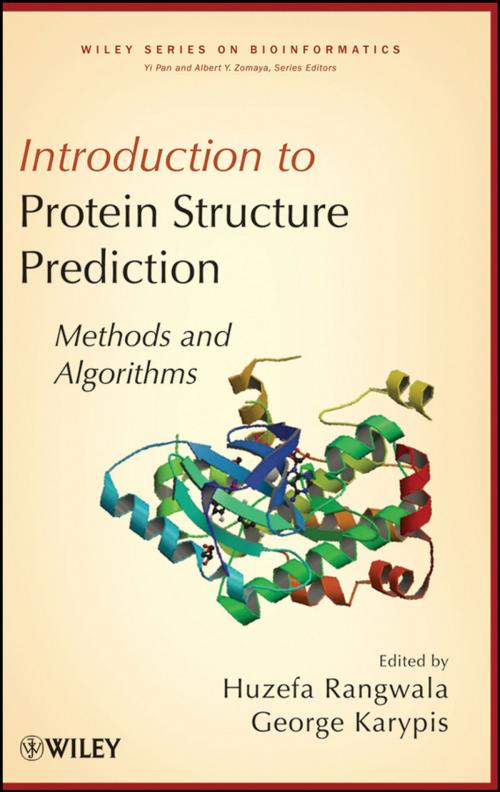Introduction to Protein Structure Prediction
Methods and Algorithms
Nonfiction, Science & Nature, Science, Other Sciences, Molecular Biology| Author: | ISBN: | 9781118099469 | |
| Publisher: | Wiley | Publication: | March 16, 2011 |
| Imprint: | Wiley | Language: | English |
| Author: | |
| ISBN: | 9781118099469 |
| Publisher: | Wiley |
| Publication: | March 16, 2011 |
| Imprint: | Wiley |
| Language: | English |
A look at the methods and algorithms used to predict protein structure
A thorough knowledge of the function and structure of proteins is critical for the advancement of biology and the life sciences as well as the development of better drugs, higher-yield crops, and even synthetic bio-fuels. To that end, this reference sheds light on the methods used for protein structure prediction and reveals the key applications of modeled structures. This indispensable book covers the applications of modeled protein structures and unravels the relationship between pure sequence information and three-dimensional structure, which continues to be one of the greatest challenges in molecular biology.
With this resource, readers will find an all-encompassing examination of the problems, methods, tools, servers, databases, and applications of protein structure prediction and they will acquire unique insight into the future applications of the modeled protein structures. The book begins with a thorough introduction to the protein structure prediction problem and is divided into four themes: a background on structure prediction, the prediction of structural elements, tertiary structure prediction, and functional insights. Within those four sections, the following topics are covered:
- Databases and resources that are commonly used for protein structure prediction
- The structure prediction flagship assessment (CASP) and the protein structure initiative (PSI)
- Definitions of recurring substructures and the computational approaches used for solving sequence problems
- Difficulties with contact map prediction and how sophisticated machine learning methods can solve those problems
- Structure prediction methods that rely on homology modeling, threading, and fragment assembly
- Hybrid methods that achieve high-resolution protein structures
- Parts of the protein structure that may be conserved and used to interact with other biomolecules
- How the loop prediction problem can be used for refinement of the modeled structures
- The computational model that detects the differences between protein structure and its modeled mutant
Whether working in the field of bioinformatics or molecular biology research or taking courses in protein modeling, readers will find the content in this book invaluable.
A look at the methods and algorithms used to predict protein structure
A thorough knowledge of the function and structure of proteins is critical for the advancement of biology and the life sciences as well as the development of better drugs, higher-yield crops, and even synthetic bio-fuels. To that end, this reference sheds light on the methods used for protein structure prediction and reveals the key applications of modeled structures. This indispensable book covers the applications of modeled protein structures and unravels the relationship between pure sequence information and three-dimensional structure, which continues to be one of the greatest challenges in molecular biology.
With this resource, readers will find an all-encompassing examination of the problems, methods, tools, servers, databases, and applications of protein structure prediction and they will acquire unique insight into the future applications of the modeled protein structures. The book begins with a thorough introduction to the protein structure prediction problem and is divided into four themes: a background on structure prediction, the prediction of structural elements, tertiary structure prediction, and functional insights. Within those four sections, the following topics are covered:
- Databases and resources that are commonly used for protein structure prediction
- The structure prediction flagship assessment (CASP) and the protein structure initiative (PSI)
- Definitions of recurring substructures and the computational approaches used for solving sequence problems
- Difficulties with contact map prediction and how sophisticated machine learning methods can solve those problems
- Structure prediction methods that rely on homology modeling, threading, and fragment assembly
- Hybrid methods that achieve high-resolution protein structures
- Parts of the protein structure that may be conserved and used to interact with other biomolecules
- How the loop prediction problem can be used for refinement of the modeled structures
- The computational model that detects the differences between protein structure and its modeled mutant
Whether working in the field of bioinformatics or molecular biology research or taking courses in protein modeling, readers will find the content in this book invaluable.















